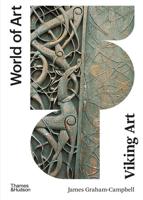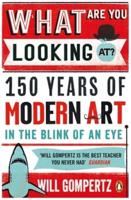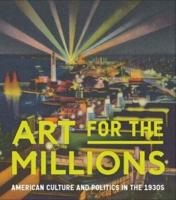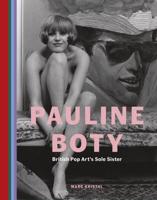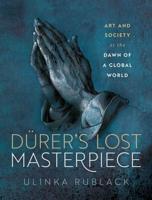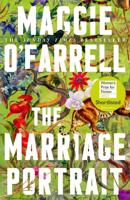Publisher's Synopsis
The first monograph to analyze the Surrealist gesture of photographic appropriation, this study examines "found" photographs in three French Surrealist reviews published in the 1920s and 1930s: La Révolution surréaliste, edited by André Breton; Documents, edited by Georges Bataille; and Minotaure, edited by Breton and others. The book asks general questions about the production and deployment of meaning through photographs, but addresses more specifically the construction of a Surrealist practice of photography through the gesture of borrowing and re-contextualization and reveals something crucial both about Surrealist strategies and about the way photographs operate. The book is structured around four case studies, including scientific photographs of an hysteric in Charcot's clinic at the Salpêtrière hospital, positioned as poetry rather than pathology; and one of the first crime-scene photographs, depicting Jack the Ripper's last victim, radically transformed into a work of art. Linda Steer traces the trajectory of the found photographs, from their first location to their location in a Surrealist periodical. Her study shows that the act of removal and re-framing highlights the instability and mutability of photographic meaning an instability and mutability that has consequences for our understanding both of photography and of Surrealism in the 1920s and 1930s.




